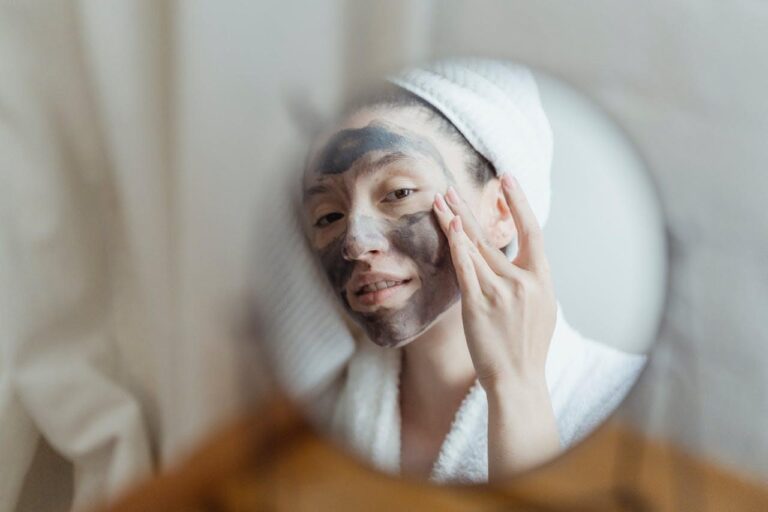

These devices are helpful for tracking oxygen levels of patients who just got out of the surgery room, for checking if a person needs oxygen therapy or checking how certain respiratory medicine affects the oxygen saturation. In a home environment they’re mainly used by people who suffer from sleep apnea, asthma, cardiac arrest etc. in order to monitor the saturation levels.
Numerous websites, like https://digitalhealthbuzz.com/facts-about-fingertip-pulse-oximeter/, offer useful information on the topic of pulse oximeters.
They come in several types and have multiple benefits. Let’s find out more about them.
Types of oximeters
Your doctor might request from you to use a pulse oximeter at home, but don’t just go and buy the first one you see. You need to consult with your doctor in order to determine the type you need, whether you need a small one for occasional measurement or a bigger one for every day usage.
The fingertip type is the most commonly used one thanks to its size and portability. It’s also used in hospitals as it is practical and shows fast but highly accurate results. It’s not extremely expensive, so patients who must use it at home, can afford it.
Another kind of oximeter which is mainly used in medical facilities is the handheld type. The name suggest that it’s attached to the finger like the previous one, but there is a cable which connects the clip to a monitor, which you hold in your hand. It’s used not just for a momentary check-up, but also for tracking the oxygen levels for a longer period of time.

The tabletop model has the same function as the handheld one, but it’s bigger in size. It’s mostly used in hospitals and doctor’s offices. It can be both fixed and portable.
Patients who need constant monitoring of the oxygen levels are advised to use the wrist-worn model. It’s practical, because you wear it like a watch, the only difference is the cable which connects it to the finger where the clip is attached. This model is very convenient, for wearing it all the time, even when you sleep.
It’s extremely helpful for patients who suffer from sleep apnea, as they have to measure oxygen saturation while they sleep. Click here to find out more information about the importance of overnight oximetry.
There is one more model, suitable for newborns, called the fetal oximeter. It’s specially designed to be attached to the tiny fingers of babies. However, if the fingers are too small for the device to be placed, it can be attached to the forehead or foot.
Benefits of pulse oximeters
One of the biggest advantages of these devices is the painless and non-invasive method of performing oximetry tests. You’ll only feel a mild pressure when the probe is attached to your finger, but nothing more. Its non-invasive nature means that it doesn’t cause break in the skin; it’s used on the outside.
It’s not complicated for using, so everyone who purchases it, can do the oximetry test at home without any problems. You just need to place the clip and wait for the results to appear on the screen.
The results are accurate in almost hundred percent of the cases. However, the test may be obstructed if the person who is doing it wears nail polish, the device is directly exposed to light, the person doesn’t keep still during the test, poor blood circulation which leads to cold hands etc. Bear in mind all of these things, prior to doing your oximetry test.
Wrap up
Pulse oximeters are practical and helpful tools with numerous benefits.
You can choose from the wide range of models, according to your preferences. The wisest thing would be to consult with your doctor before doing so in order to purchase the right type for you.
They are small devices, but of great importance to our health!






